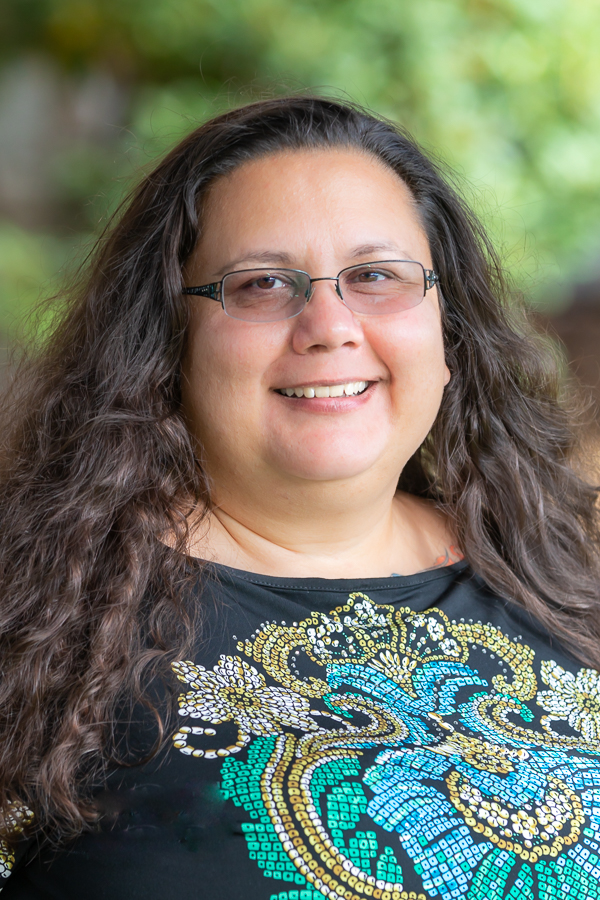Tracy lived an entire life before becoming a teacher at the age of 38. She spent her late teens and early adulthood dedicated to raising her children, two of whom are now adults themselves. After leaving her home in Southern California in 2010 to make a new life in Seattle, Tracy began her teaching career.
Tracy always wanted to teach, mostly because of her experiences growing up mixed-race in a vibrant Latinx community. She felt that her identity wasn't reflected in her curriculum and wanted to change that. Tracy knew she had found her dream job when she was invited to teach social studies at Denny International Middle School, one of the most diverse middle schools in the state.
At Denny, Tracy has put in endless hours creating and leading racial equity professional development for the staff. Her commitment to racial equity is reflected in her classroom where she teaches an ethnic studies world history course. Tracy very much enjoys creating a space in which her students of color see themselves in the world's history, and where all students learn from and with each other.
Tracy's dedication to racial equity extends beyond the walls of Denny. She has been working with the Seattle Education Association on the Center for Race and Equity. She helped established the foundation for the Center, including its guiding principles and mission statement. She works with other passionate educators in the SEA to support racial equity teams in schools across the district.
Working with the NAACP, Tracy has lead the charge to bring ethnic studies curriculum to K-12 classrooms in Seattle Public Schools. She has forged alliances with SPS, SEA, and the NAACP to create tools and guidance for educators who want to bring social justice and ethnic studies into their classrooms.
“Tracy Gill has created curriculum that links ancient history to the present day,” says parent Andrea Chorney. “Social justice and ethnic studies are crucial components of the lessons as students continually investigate how the past has shaped the present. Most importantly, history is told from the perspectives of groups that have traditionally been ignored or marginalized in history classes and texts. Students are keenly aware of injustices in society and in their own lives, and my daughter Maddy is grateful to have had a teacher who is willing to address issues of power and oppression head on. Students know that Ms. Gill loves them and holds them to high standards. According to Maddy, ‘Ms. Gill tells the truth, respects us and we have fun learning.’”







